How to Use Red Light Therapy for Teeth?
Introduction
Low-level red light wavelengths are used in red light treatment, commonly referred to as low-level laser therapy (LLLT), to cure a variety of ailments. It was first created to support plant development on space missions, but it has subsequently been used in a number of wellness and health contexts.
Infrared red light treatment is becoming more and more popular in the area of oral health, among its numerous uses. Treatment with 850 nm red light therapy or 600 nm red light therapy is usually appreciated for its capability to reduce pain, promote faster tissue healing, and most importantly reduce inflammation. That is the main reason why its popularity is rapidly growing as a treatment for several dental problems and improving oral health.
Red Light Therapy in Dental Health
LED light therapy treatment is emerging as a key adjunct in oral health due to its non-invasive methodology and therapeutic advantages. The following are the potential uses of red light therapy in dental health:
Health and Periodontal Disease
Gum disease can be effectively treated using Infrared red light therapy. It also helps in reducing signs of periodontal disorders like excess gum bleeding and inflammation.
Red light therapy significantly improves the gum health of patients with periodontitis, as per the report of "The Journal of Periodontology".
Pain Relief and Tooth Sensitivity
There is hope that this therapy will reduce oral sensitivity and pain. It helps to lessen dental pulp irritation, which may assist in easing toothaches.
Studies, like the one that was written up in "The Journal of Oral Rehabilitation," suggest that red light treatment is a useful tool for treating pain following dental work.
Healing Enhancement Post-Dental Surgeries
An important stage of dental care is the period following surgery for healing. Red light treatment minimizes soreness and edema following procedures like implant implantation or tooth extraction by speeding up the recovery of tissue.
Infrared red light treatment has been demonstrated in clinical trials to dramatically improve healing following dental procedures, including those published in "The International Journal of Oral and Maxillofacial Surgery.”
Orthodontic Treatment and Braces
A professional led light therapy machine is beneficial for patients receiving orthodontic treatment. It significantly aids in reducing the pain that comes from orthodontic appliances and braces
Extensive research, including that published in the "American Journal of Orthodontics and Dentofacial Orthopaedics," has demonstrated its capability to minimize discomfort and expedite tissue adaptation during orthodontic procedures.
Expert Opinions and Continued Research
Given red laser therapy's possible advantages and low risk of adverse effects, academics and dental experts are pushing for its inclusion in normal dental care.
In order to make sure the therapy is supported by both professional consensus and scientific proof, further research is studying unique uses for dental health as well as looking further into its efficacy.
Red Light Therapy Benefits for Teeth
Anti-Inflammatory Effects
Red light therapy lamps work very well to reduce inflammation, which is a typical problem with a number of dental diseases. It reduces swelling and inflammation by permeating oral tissues with particular wavelengths, which is important for curing gum disease and injuries following surgery. Research, including studies published in the International Journal of Periodontology, demonstrates that when combined with conventional dental procedures, there are notable reductions in gum inflammation.
Pain Relief
Another important advantage of red light therapy in orthodontics is pain management. It helps to reduce pain after dental operations, including invasive surgeries and basic cleanings. It minimizes discomfort by encouraging healing and lowering inflammation; this is especially noticeable during orthodontic adjustments and the healing period following surgery. A professional led light therapy machine is an invaluable supplement to pain management techniques in dental treatment, as evidenced by research published in journals such as the latest issue of Oral Rehabilitation, which highlights its efficacy in minimizing dental pain.
Enhancing Gum Health
Overall dental well-being depends on healthy gums, and red light treatment makes a big difference in this regard. It supports the health of gum tissue, which is essential for controlling and avoiding periodontal disorders. Studies on the treatment of periodontitis have demonstrated that red light therapy helps in the treatment of gum disorders by enhancing circulation and decreasing gum inflammation. For the long-term maintenance of dental health and the avoidance of major dental problems, this red light therapy feature is essential.
How to Use Red Light Therapy for Your Teeth?
There are several processes and steps to follow to get an effective and safe oral treatment with red light. However, for a successful treatment make sure to follow these suggestions:
1. Tips To Follow
Choosing a Red Light Therapy gadget: Opt for a gadget made especially with dental applications in mind. These gadgets are frequently portable units or LED mouthpieces.
Prepare for the session: Make sure to properly brush your teeth before going for your session. In order to get rid of any dirt make sure to floss and brush your teeth beforehand.
Use the Device: In case it's a mouthpiece, gently bite down on it with your mouth. Hold the light near the target region, covering the teeth and gums, if using a handheld device.
Duration of session: A session usually lasts ten to twenty minutes. Regarding the duration, stick to the manufacturer's recommendations.
Repeat the Process: Maintaining consistency is essential. Use the gadget on a regular basis, typically at least twice a day, according to the suggested schedule.
2. Safety Precautions and Best Practices
Do not overuse: Refrain from using the device longer than is advised because doing so can cause tissue harm.
Follow Manufacturer’s Guidelines: Follow the directions on any infrared red light therapy gadget exactly as prescribed.
Avoid looking Directly into the Light: Avoid gazing at the red LEDs directly to protect your eyes.
Consult with a Dentist: See a dentist before beginning LED light therapy, particularly if you already have tooth problems.
3. Frequency and Duration for Optimal Results
Regular Session: Though the precise frequency can vary depending on the gadget and the particular tooth issue being treated, most protocols recommend daily use.
Duration of Treatment: Your dental needs and goals will have to regulate the duration in which your treatment will take place. While some may need more time, others may see benefits in as little as a few weeks.
Continued Use for Maintenance: Many people continue to do maintenance sessions less frequently even after reaching the desired outcomes.
Types of Red Light Therapy Devices for Teeth
Red light treatment is available for oral health through a variety of gadgets, all of which have a unique purpose and set of advantages. It is essential to comprehend these choices in order to choose the best gadget for your requirements.
1. Handheld Units
Compact and lightweight, portable red light gadgets are intended for immediate relevance to the teeth and mouth. Frequently, they have a tiny light-emitting head that is easily movable to focus on particular mouth regions. These devices are perfect for targeted therapy, such as addressing a particular tooth or troublesome gum area.
2. LED Mouthpieces
These look like mouthguards and have LED lights inside. When users press down on these outlets, red light is emitted, equally covering all of the teeth and gums. These mouthpieces are appropriate for maintaining general dental hygiene and are especially helpful for overall gum health.
3. Full-Face Masks
LED lights containing full-face masks encompass the complete face, not just the mouth area. Although these specific LED face masks are used in just the therapy of skin, there are also some other models that only focus on the jaw and face regions for oral hygiene. These are helpful for anyone looking for a more all-encompassing solution, as they address problems involving the lower jaw and facial muscles, such as bruxism or TMJ pain.
4. In-Office Treatments
Red light sessions for treatment are now provided in-office by several dentists. These treatments are often given by qualified professionals and entail more potent equipment. For people who would rather get professional advice and treat more significant dental conditions, in-office treatments are the best option.
5. Choosing the Right Device
Consider your needs: Assess whether you require specialized care for particular problems or general dental health enhancement. Whether to use a full-face mask, an LED mouthpiece, or a professional led light therapy machine will depend on this choice.
Budget and Convenience: Although in-office procedures can be more efficient, they are also more expensive and need appointments. Meanwhile, Home electronics are more affordable and convenient.
Quality and Safety: Check for products from reliable producers; even better, look for ones that have received favorable feedback from dental experts or a medical-grade certification.
Consult a Professional: If you're not sure, it is always better to check in with your dentist. As they best know your dental history they can give you even better advice and the best treatment for your problem.
Potential Risks and Considerations
Red light therapy is usually seen to be safe, although there are some possible hazards and things to be aware of:
1. Side Effects
Tissue Damage: Red light therapy overuse has the potential to cause tissue damage. It's important to adhere to the suggested usage rules.
Eye Damage: Avoid staring directly at light or wear eye protection as direct exposure to light might cause eye damage.
Ineffectiveness for Certain Conditions: Not all dental problems can be resolved with red light therapy, especially those that call for orthodontic or surgical treatment.
2. Consulting with a Dental Professional
Personalized Advice: Given your oral history and present state of health, a dentist can offer personalized advice.
Identifying Underlying Issues: A specialist can assist in determining which dental issues need more conventional treatments.
Safety and Efficacy: Red light therapy can be used safely and effectively by dentists, who can also ensure that it complements other therapies.
Conclusion
A professional red light therapy machine is a potential treatment option for oral health, providing advantages such as pain alleviation, decreased inflammation, and enhanced gum health. A range of Bontanny’s red light therapy device offer adaptable solutions for diverse requirements.
Red light therapy's incorporation within dentistry is evidence of the developments in minimally invasive procedures. People can decide whether or not to include this therapy in their dental care routine by being aware of the different kinds of devices that are available, their advantages, and any potential concerns.
Never forget that getting advice from a dentist is crucial when using novel therapies like red light treatment to maintain your teeth in the best possible condition.
Frequently Asked Questions
1. Can Red Light Therapy Cure Gum Disease?
Red light therapy device is not entirely a cure for dental diseases, but it can help treat it by lowering inflammation and speeding up the healing process. It ought to be applied in addition to regular oral procedures.
2. Is Red Light Therapy Painful?
Red light treatment doesn't usually hurt. Since it's a non-invasive procedure, most clients don't feel uncomfortable while in therapy.
3. How Often Should Red Light Therapy be Used For Dental Health?
Red light therapy sessions typically run between ten and twenty minutes, and they are administered once or twice daily. But it's crucial to adhere to the particular instructions that came with your gadget and see a dentist for tailored guidance.

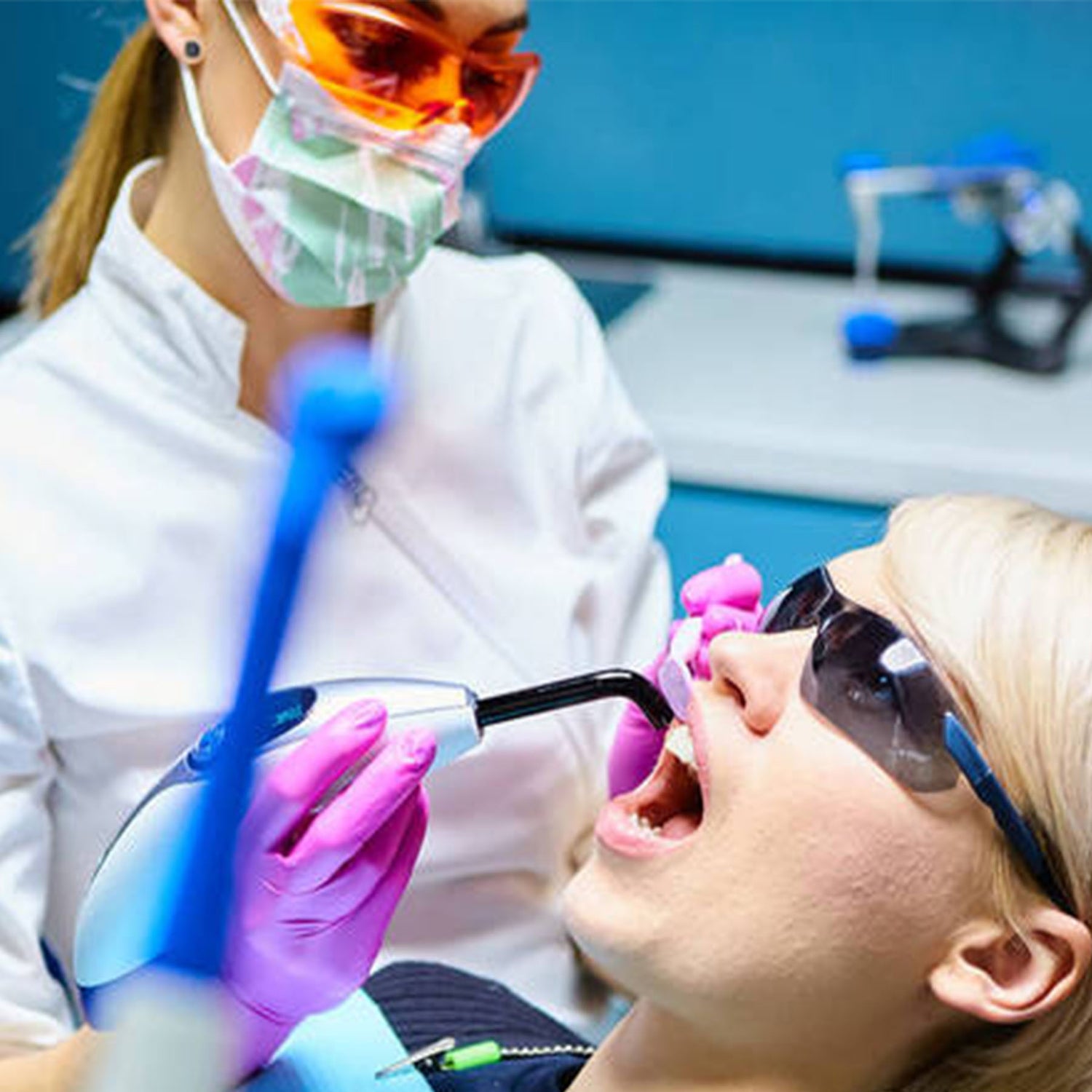
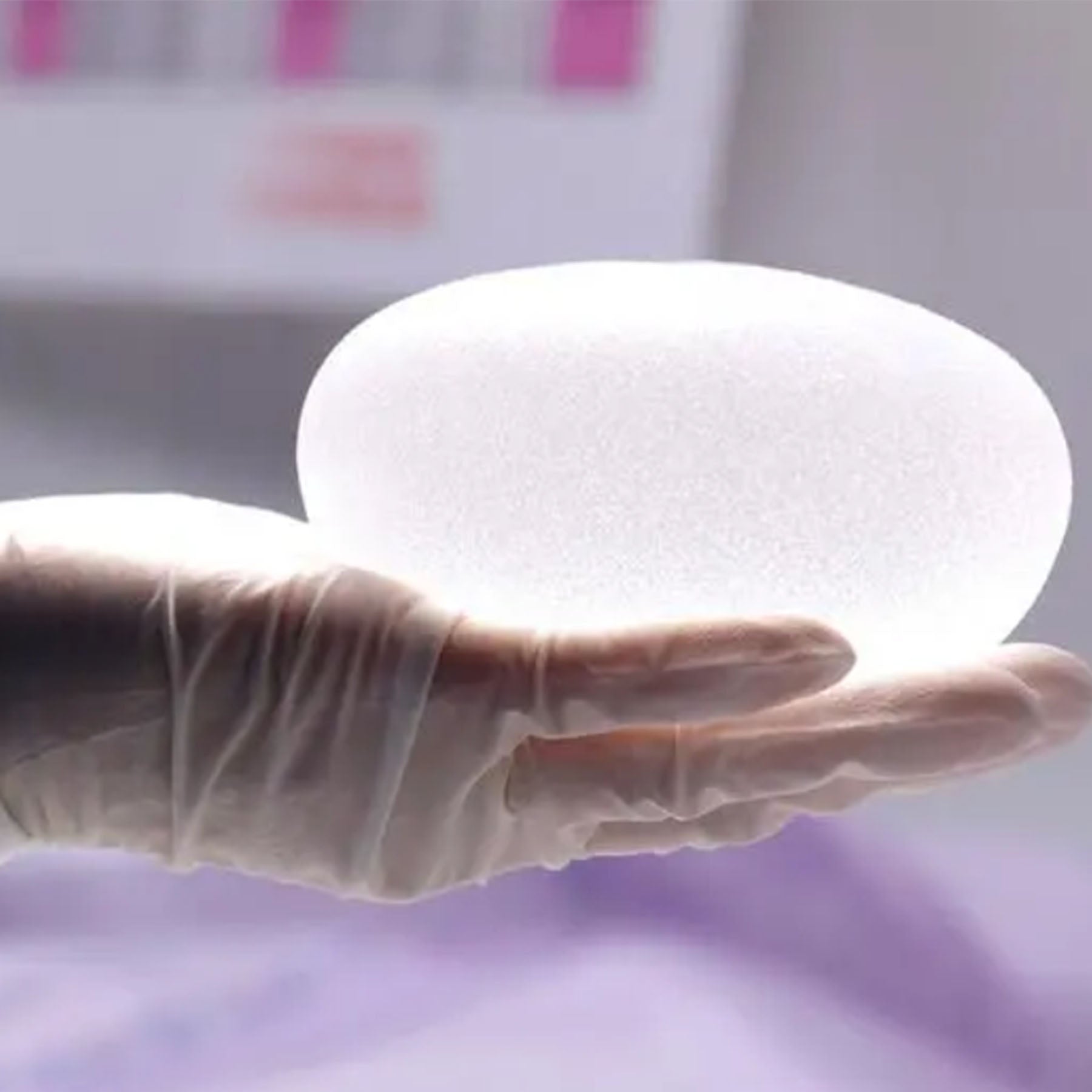
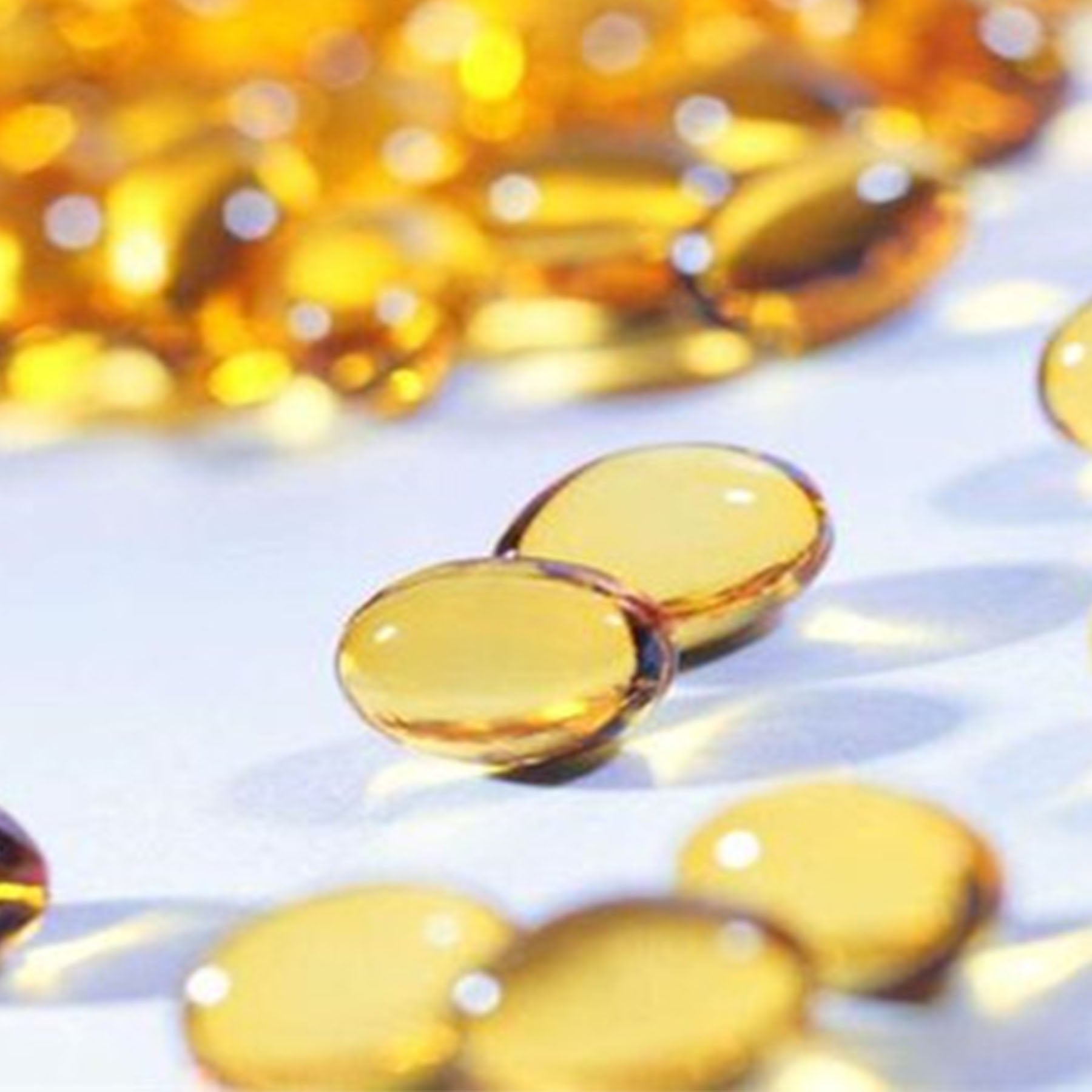
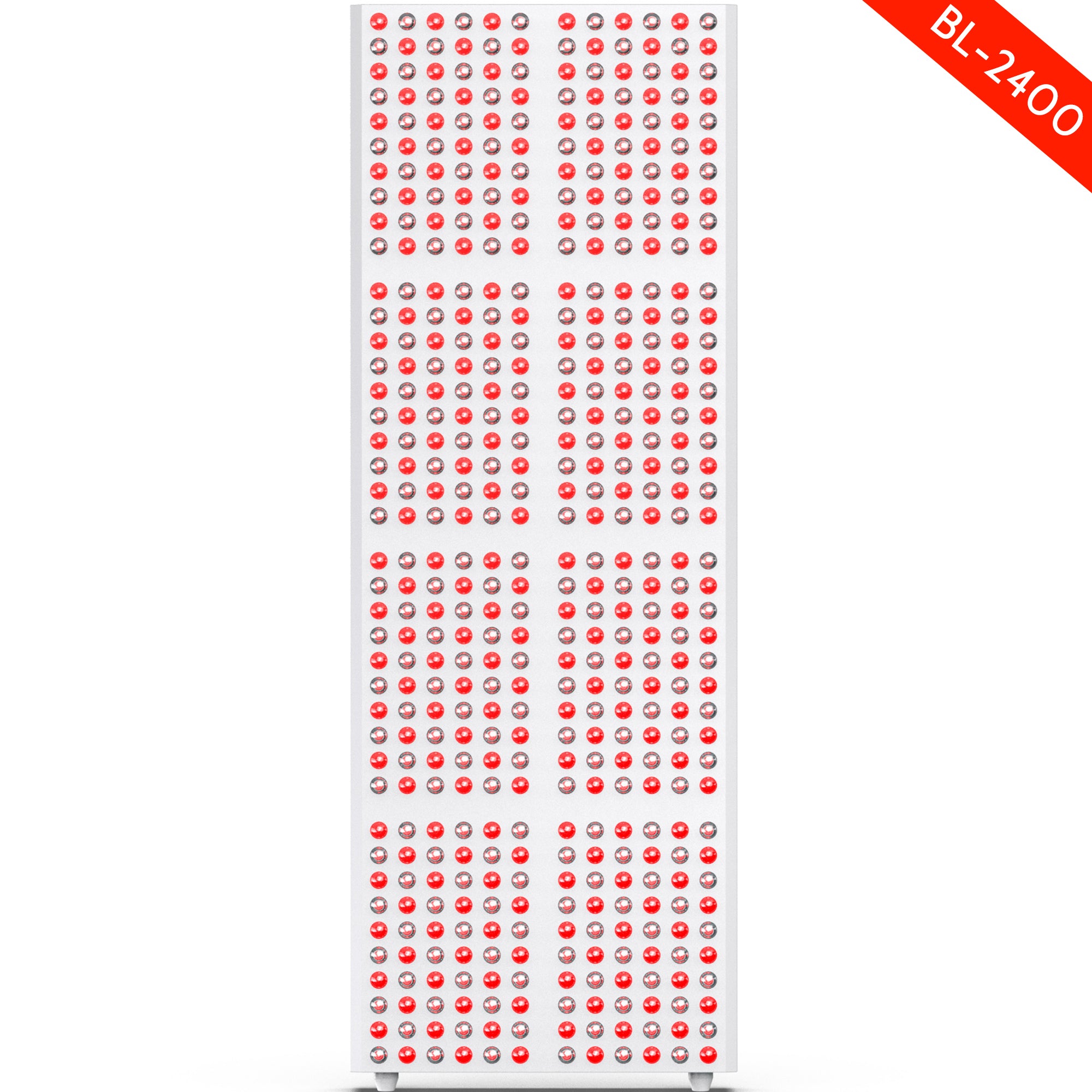
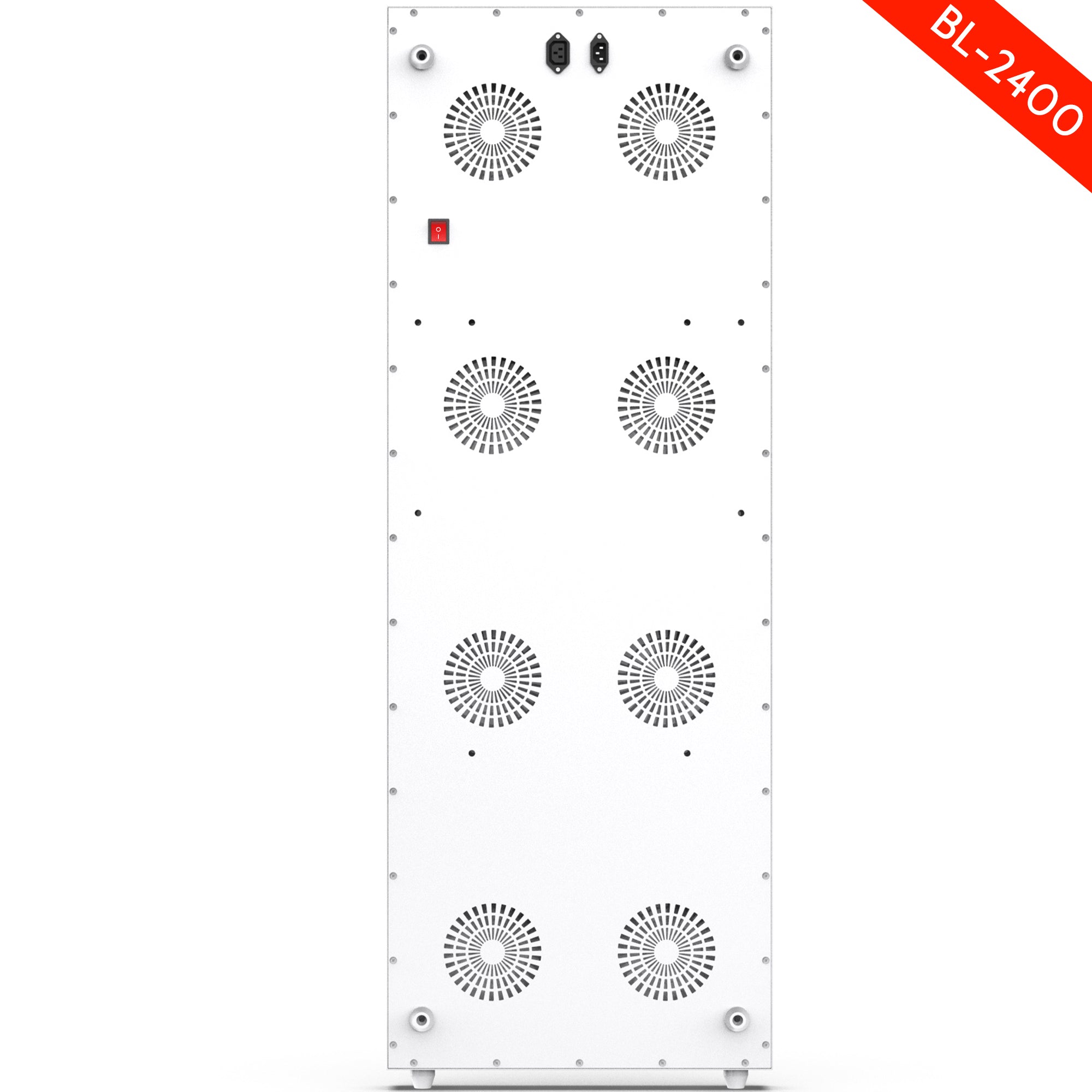
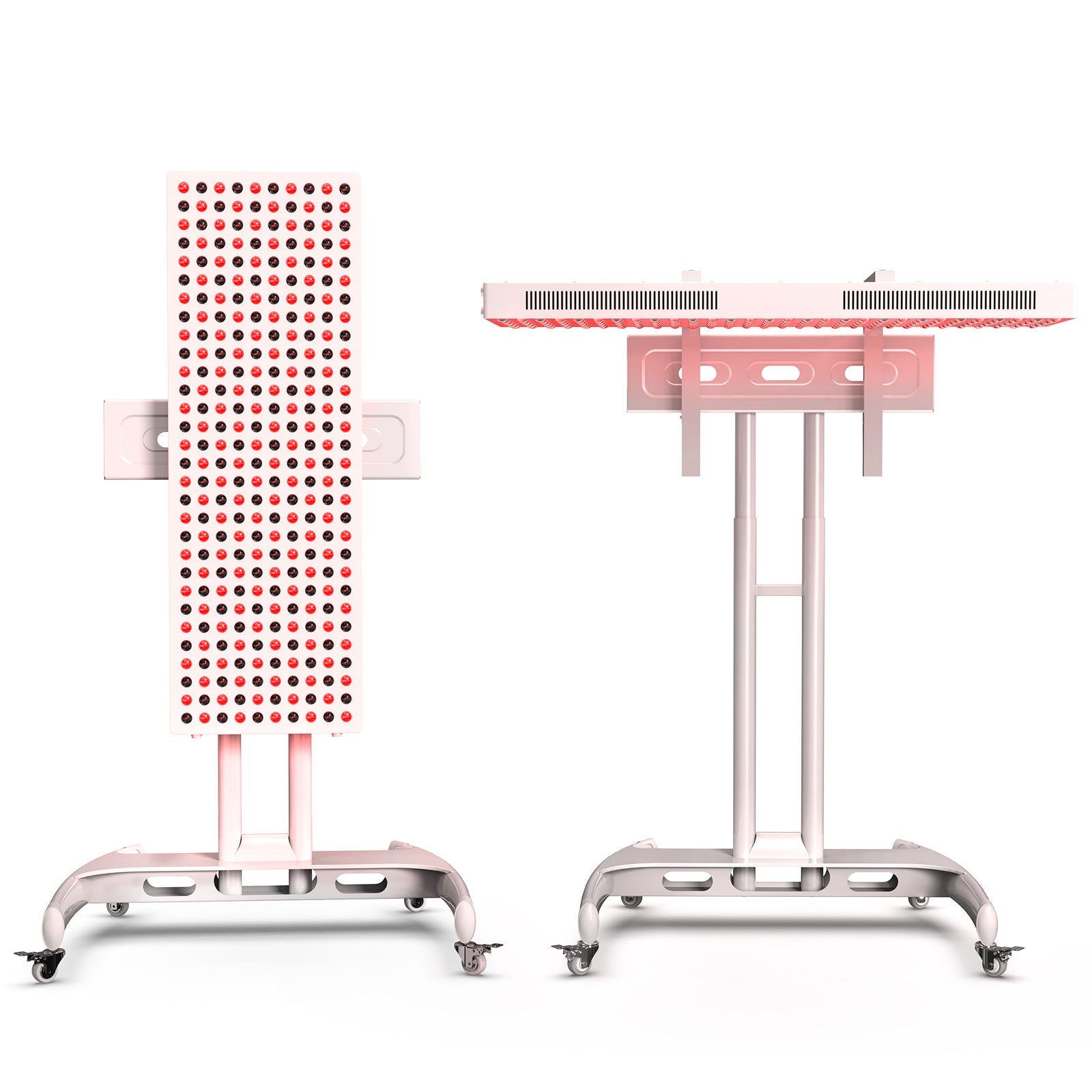
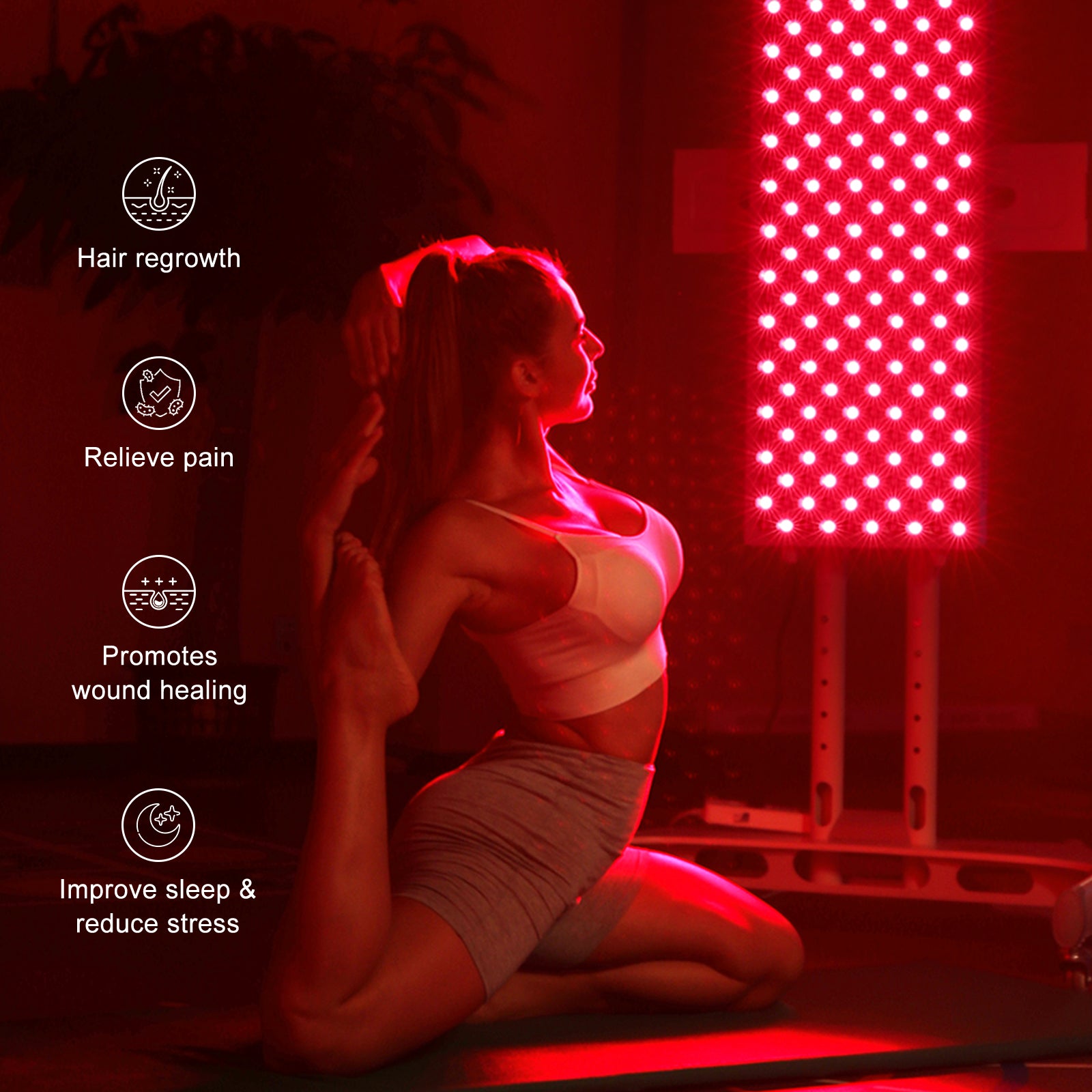
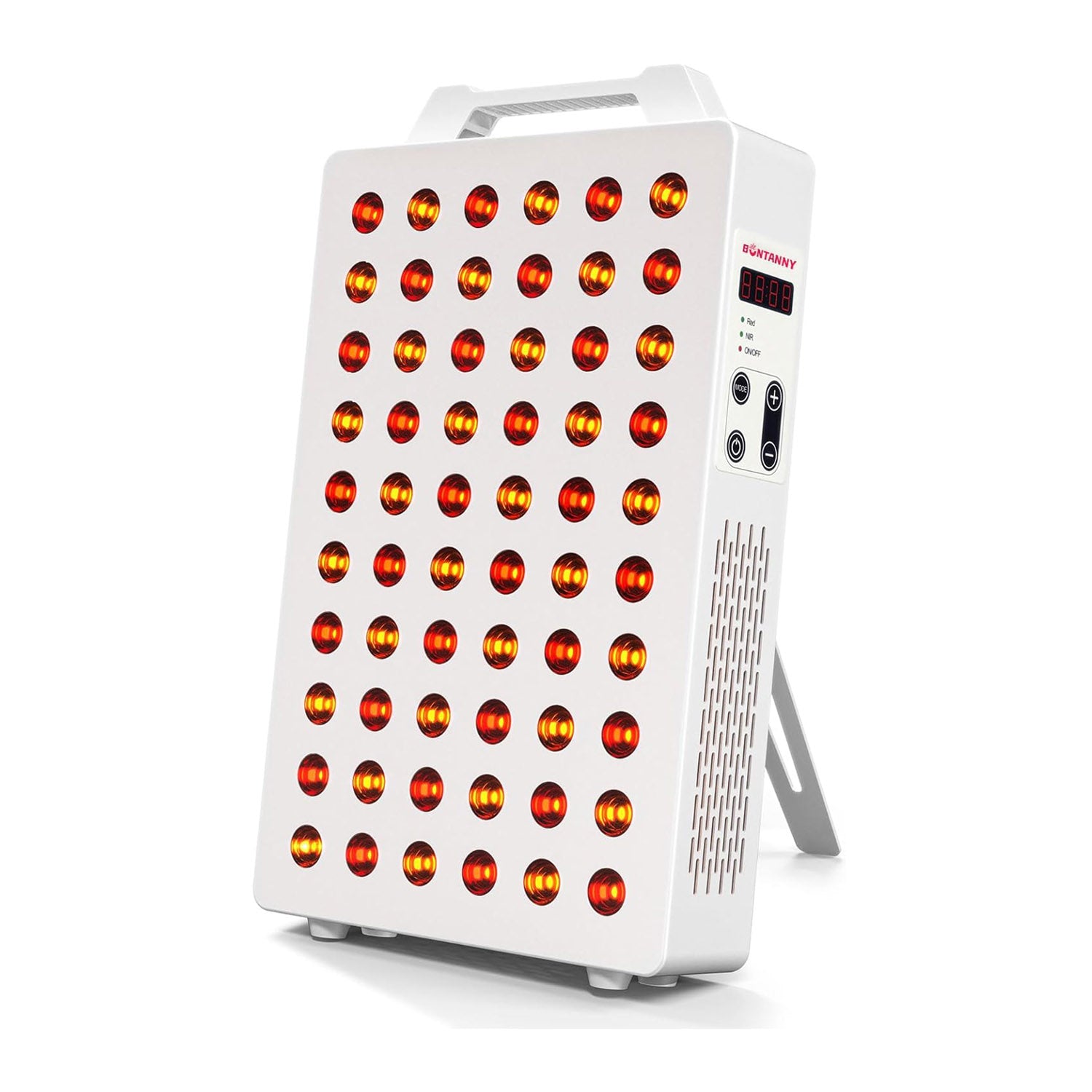
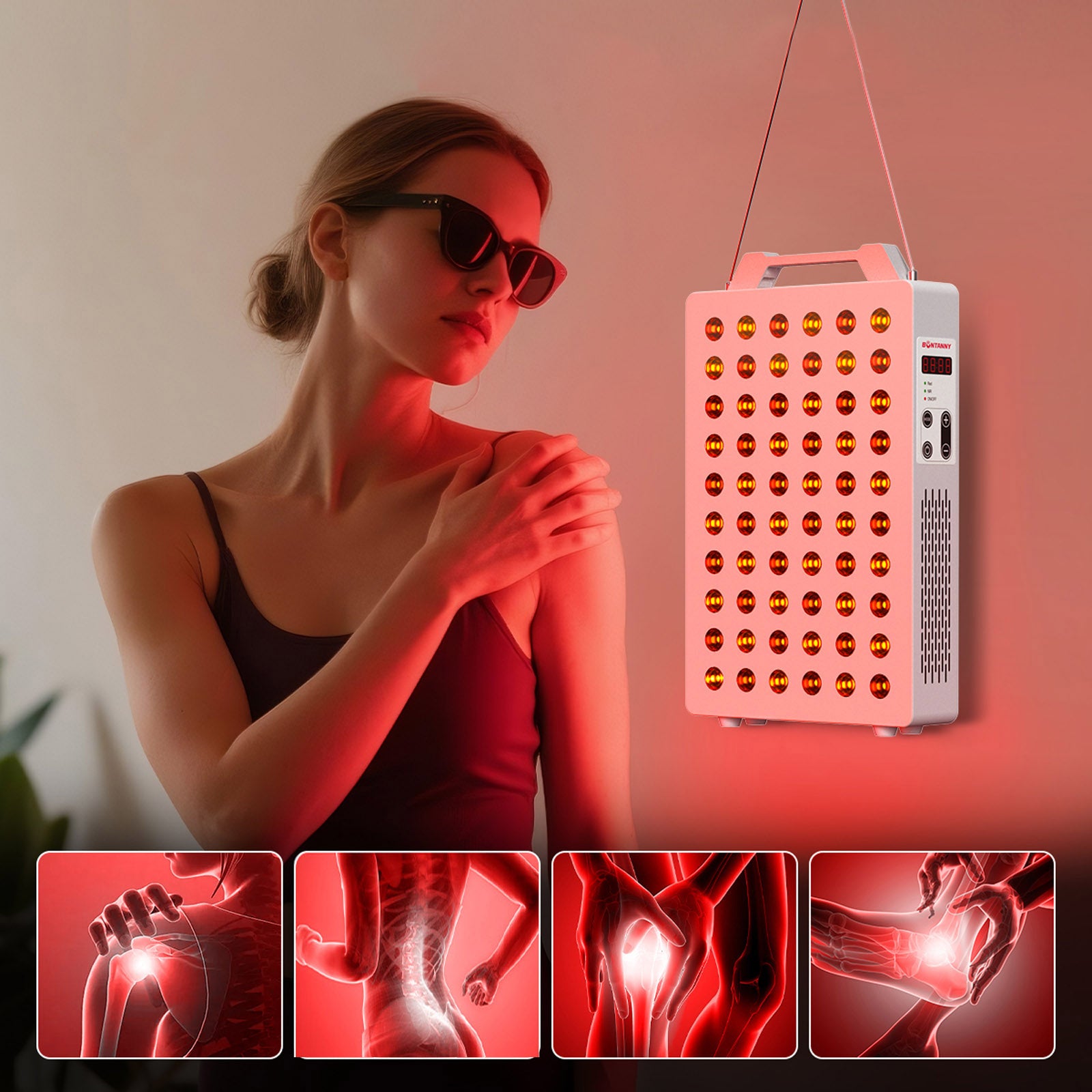
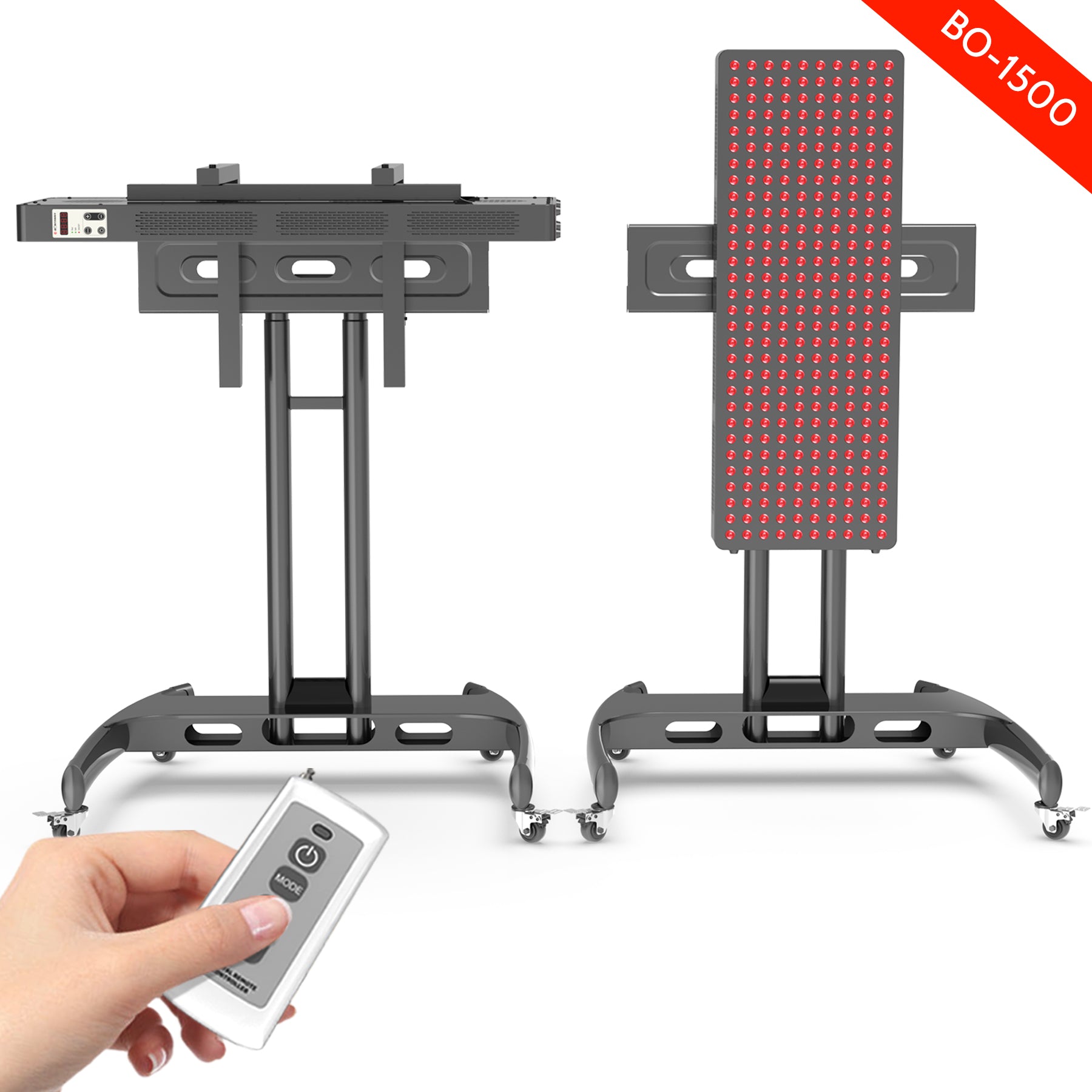
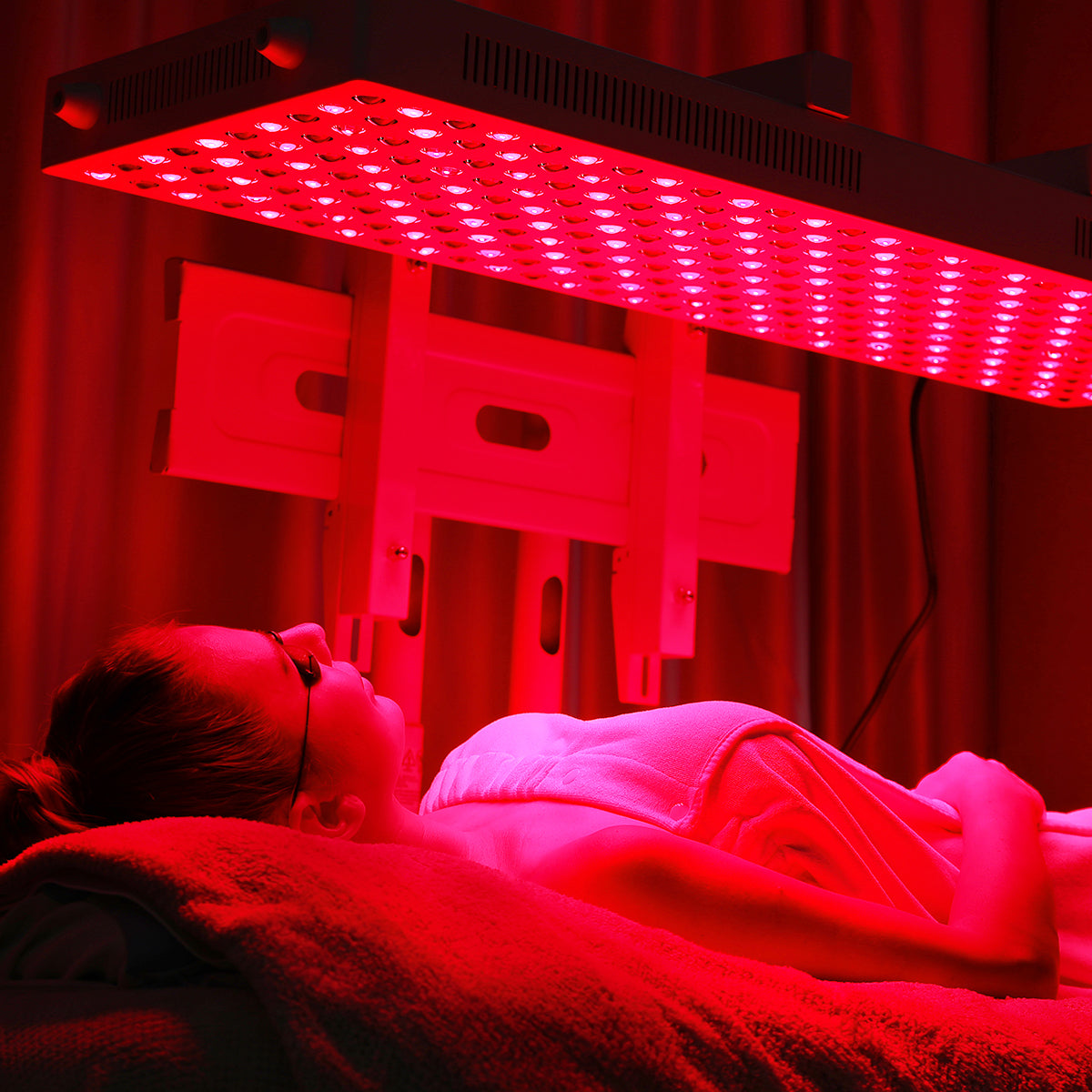
Leave a comment
This site is protected by hCaptcha and the hCaptcha Privacy Policy and Terms of Service apply.